
Found this on my son’s scalp. Have no idea what it is and we can’t get a doc appt soon. Tips?
Discovering an unusual bump, lesion, or patch on your child’s scalp can be worrying, especially if scheduling a prompt appointment with a healthcare provider is difficult. While consulting a doctor is always the safest way to ensure an accurate diagnosis, understanding potential causes and remedies can give parents peace of mind and actionable guidance in the meantime.
In this guide, we will explore common scalp conditions, with a particular focus on psoriasis vulgaris, a chronic yet often misunderstood condition. We’ll cover how to identify and manage scalp psoriasis at home, recommend over-the-counter (OTC) treatments, explain when professional care is essential, and provide tips for documenting symptoms. Finally, we’ll point you toward online resources and support groups that can offer additional guidance and reassurance.
1. Understanding Scalp Conditions: A Brief Overview
The scalp is a complex area prone to a variety of conditions that can appear as bumps, lesions, or irritation. These can range from benign issues such as dandruff to more serious problems like infections or chronic skin disorders. Understanding the nature of these conditions is critical to choosing the right treatment and management strategy.
Scalp conditions may arise from genetics, environmental factors, or personal hygiene habits. For example:
-
Seborrheic dermatitis causes flaky scales and redness, often linked to yeast overgrowth.
-
Folliculitis is an infection of hair follicles, producing small red bumps, sometimes filled with pus.
Accurate identification of the condition is crucial to ensure proper care. Misidentifying psoriasis as a simple case of dandruff, for example, can delay effective treatment.
2. Common Causes of Scalp Bumps
Bumps or lesions on the scalp can result from various causes, each with distinct characteristics:
-
Seborrheic dermatitis: Greasy, yellowish scales with itching.
-
Folliculitis: Inflamed hair follicles due to bacterial or fungal infection, often tender.
-
Cysts (e.g., pilar cysts): Benign, fluid-filled sacs under the skin that can vary in size.
-
Psoriasis: Chronic autoimmune condition causing raised, red patches with silvery scales.
Understanding these causes helps narrow down what might be affecting your child and guides the choice of home care or medical consultation.
3. Psoriasis Vulgaris: What You Need to Know
Psoriasis vulgaris, the most common type of psoriasis, is a chronic autoimmune disorder affecting skin, including the scalp. The immune system mistakenly attacks healthy skin cells, triggering rapid cell turnover and the formation of thick, scaly patches. These patches can be itchy, painful, and may crack or bleed.
Psoriasis is influenced by genetics and environmental triggers such as stress, infections, or certain medications. While there is no cure, symptoms can be managed effectively with consistent treatment and lifestyle adjustments.
4. Identifying Psoriasis on the Scalp
Scalp psoriasis typically presents as well-defined, raised red patches covered with silvery-white scales, which may extend beyond the hairline. Other signs include:
-
Itching, burning, or soreness
-
Temporary hair loss due to scratching or thick scales
-
Patches that vary in size and may appear as isolated plaques or cover larger areas
It’s important to differentiate psoriasis from other conditions. For example, seborrheic dermatitis appears as more diffuse, greasy scales, while psoriasis plaques are often thicker and more clearly outlined.
5. Home Remedies for Scalp Psoriasis
Several home remedies can help manage mild scalp psoriasis:
-
Moisturizers: Coconut oil, olive oil, or aloe vera gel can soften scales and relieve dryness. Apply to the scalp and leave for several hours or overnight before washing.
-
Apple cider vinegar: Diluted with water, it has mild antiseptic properties and can reduce itching and inflammation.
-
Sunlight exposure: Moderate sunlight helps slow down rapid skin cell turnover; always protect the skin from sunburn.
-
Gentle scalp massage: Massaging the scalp with oil can improve circulation and help remove loose scales without causing irritation.
💡 Extra tip: Avoid scratching, as this can worsen inflammation and lead to secondary infections.
6. Over-the-Counter Treatments
OTC options can help control mild to moderate scalp psoriasis:
-
Shampoos containing coal tar or salicylic acid: Coal tar slows skin cell growth, while salicylic acid softens and removes scales.
-
Topical corticosteroids: Reduce inflammation and itching; follow instructions carefully and consult a pharmacist if needed.
Consistency is key. Regular use helps manage flare-ups and prevents worsening of symptoms.
7. When to Seek Medical Attention
Seek professional care if:
-
Symptoms persist or worsen despite home care and OTC treatments
-
Severe itching, pain, or extensive scaling occurs
-
Signs of infection appear, such as redness, swelling, pus, or fever
A dermatologist can confirm the diagnosis and recommend prescription-strength treatments, including medicated shampoos, topical steroids, or systemic therapies if necessary.
8. Tips for Managing Scalp Psoriasis at Home
Effective home management involves:
-
Moisturizing regularly to prevent dryness
-
Using a humidifier to maintain air moisture
-
Avoiding triggers like stress, smoking, or certain foods
-
Gentle hair care: soft-bristle brushes, mild shampoos, and avoiding harsh treatments
-
Tracking symptoms in a diary to identify triggers and patterns
9. Viral Hacks and Natural Remedies
Some viral scalp-care hacks have gained attention online:
-
Tea tree oil: Antifungal and anti-inflammatory; add a few drops to shampoo.
-
Baking soda: Gentle exfoliant; mix with water to remove dead skin and reduce scaling.
⚠️ Use caution and perform a patch test to avoid adverse reactions. These remedies may supplement—but not replace—medical treatment.
10. Documenting Symptoms for Your Doctor
Keep a detailed record of:
-
Onset, duration, and severity of bumps, itching, or scaling
-
Potential triggers or lifestyle changes
-
Progression over time
Take clear, well-lit photos regularly to track changes. This documentation helps doctors provide a more accurate diagnosis and tailored treatment plan.
11. Online Resources and Support Groups
Managing a scalp condition can feel isolating. Online resources and communities can provide valuable support:
-
National Psoriasis Foundation: Offers comprehensive guidance on treatment options, lifestyle management, and living with psoriasis
-
Online forums and social media groups: Connect with parents and individuals who share experiences, advice, and encouragement
Engaging with these communities can empower parents and children to feel more in control of the condition and reduce feelings of isolation.
Bottom Line:
Scalp bumps in children can be caused by various conditions, from mild irritation to chronic psoriasis. Understanding the symptoms, using safe home remedies, considering OTC treatments, and documenting changes carefully are all important steps. While home management can be helpful, consulting a healthcare provider remains essential for persistent, severe, or worsening conditions. With consistent care and awareness, parents can help manage scalp psoriasis effectively while supporting their child’s comfort and well-being.
News in the same category


Add white vinegar to dishwashing water: Simple cleaning tips that will never be too expensive

Lady places cup of vinegar into microwave. Here’s the genius reason why

Works like a charm

My nana taught me this hack to make dusty blinds sparkle in 2 mins with 0 work. Here’s how it works

Stop storing these 10 things wrong
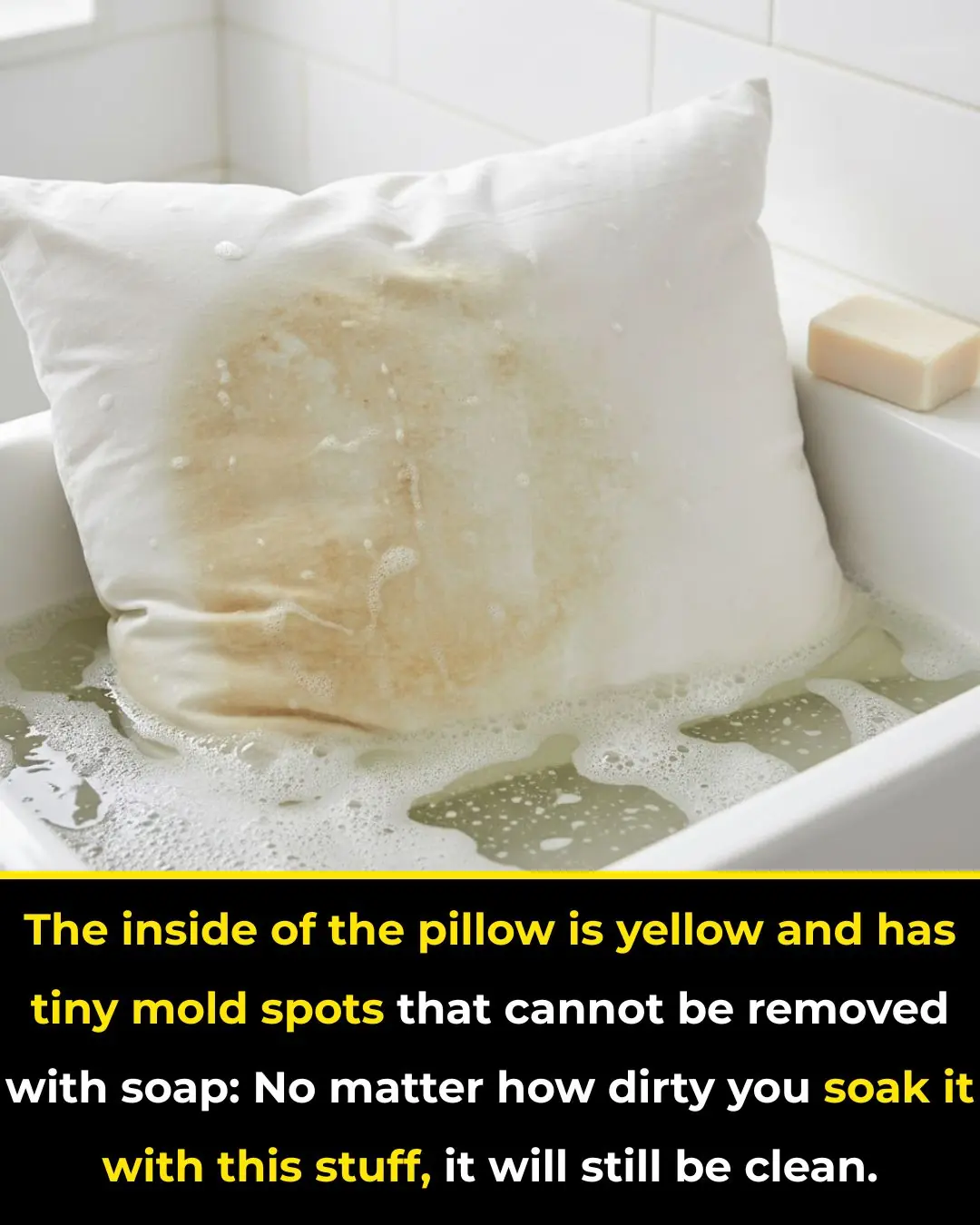
How to Clean Yellowed, Moldy Pillow Inserts That Soap Can’t Fix: Soak Them in This and They’ll Be Spotless

Green beans cooked this way only take 2 minutes to be well done, so simple yet many people don't know

Tips for soaking honey lemons without fermenting, the longer you leave them, the more delicious and nutritious they become.

Your oven hood filter is a greasy mess. Effortlessly get it clean like new again

The secret to longevity after 50: 'Golden' foods for good health

The medicinal uses of the cogon grass

Boil green bananas this way: Cheap but as precious as ginseng, the more you eat, the more nutritious it is.

There is a “secret button” on the washing machine, one touch can cut 62% of electricity bill
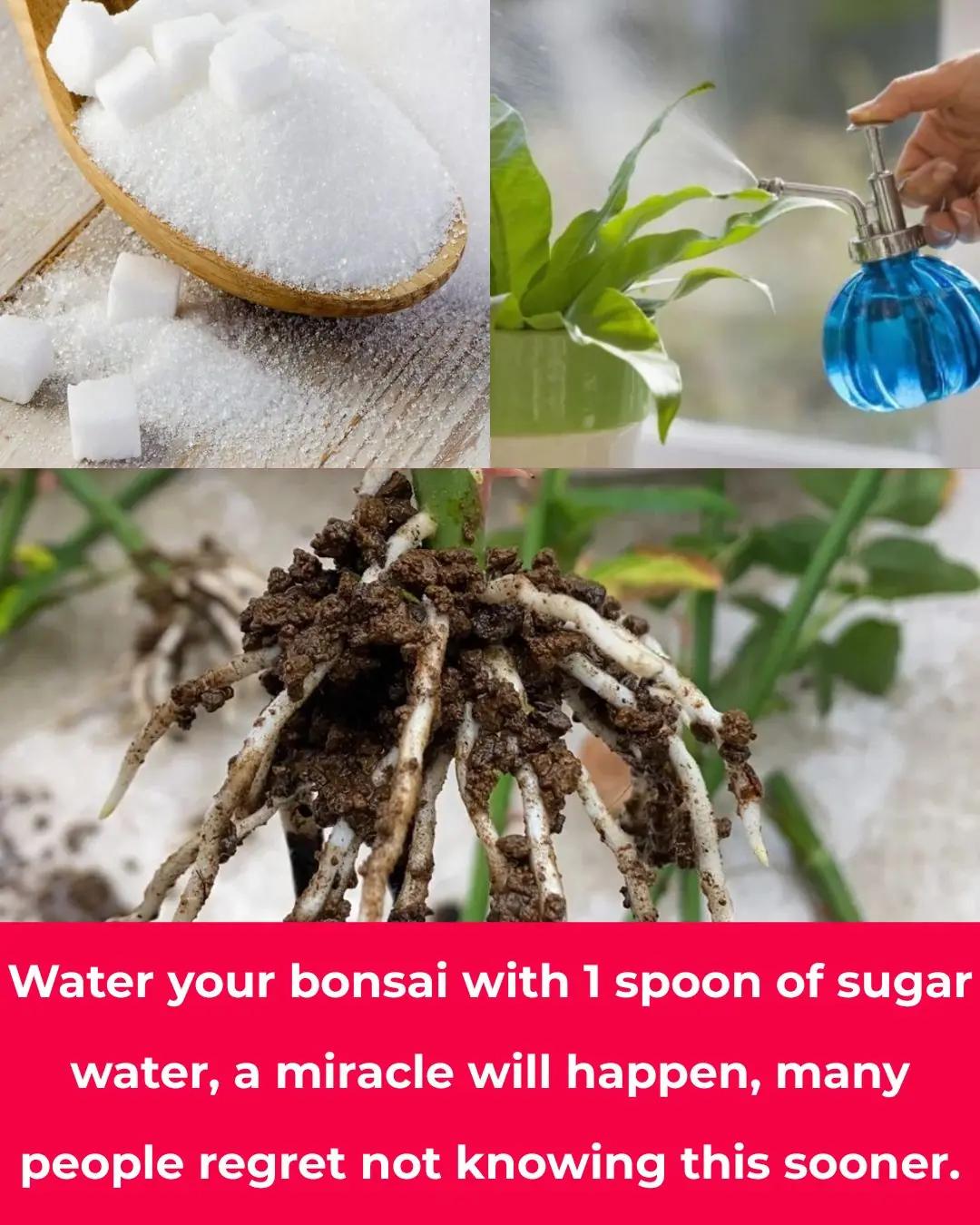
Water your bonsai with 1 spoon of sugar water, a miracle will happen, many people regret not knowing this sooner.

You’re doing it all wrong. Here’s the right way to load a dishwasher

Don’t Buy Tomatoes Anymore – Grow Them at Home, Plants Grow “Fast as Lightning” with Bountiful Fruits

My nana taught me this hack to get rid of dark circles in 5 mins with 0 work. Here’s how it works
News Post

I had no idea this was a thing

Guardians of the Gentle Giants.

Add white vinegar to dishwashing water: Simple cleaning tips that will never be too expensive

Lady places cup of vinegar into microwave. Here’s the genius reason why

To the Little Boy at the Science Museum.

Works like a charm

A Mother’s Final Wish.

My nana taught me this hack to make dusty blinds sparkle in 2 mins with 0 work. Here’s how it works
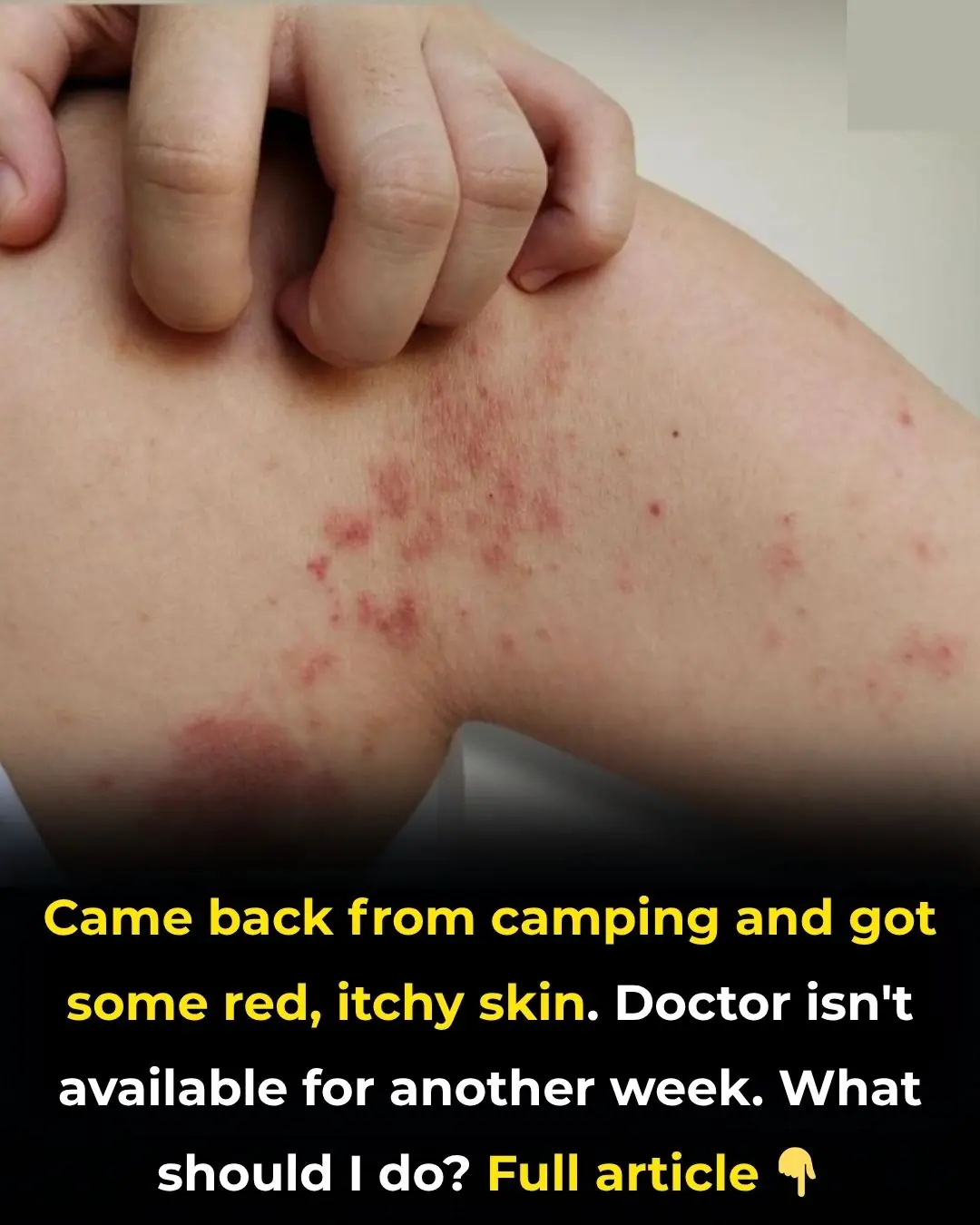
Came back from camping and got some red, itchy skin. Doctor isn't available for another week. What should I do?

The Day John Steinbeck Flew with the Angels.

This is the first time I'm hearing about this

Stop storing these 10 things wrong

The Officer Who Became His Family.
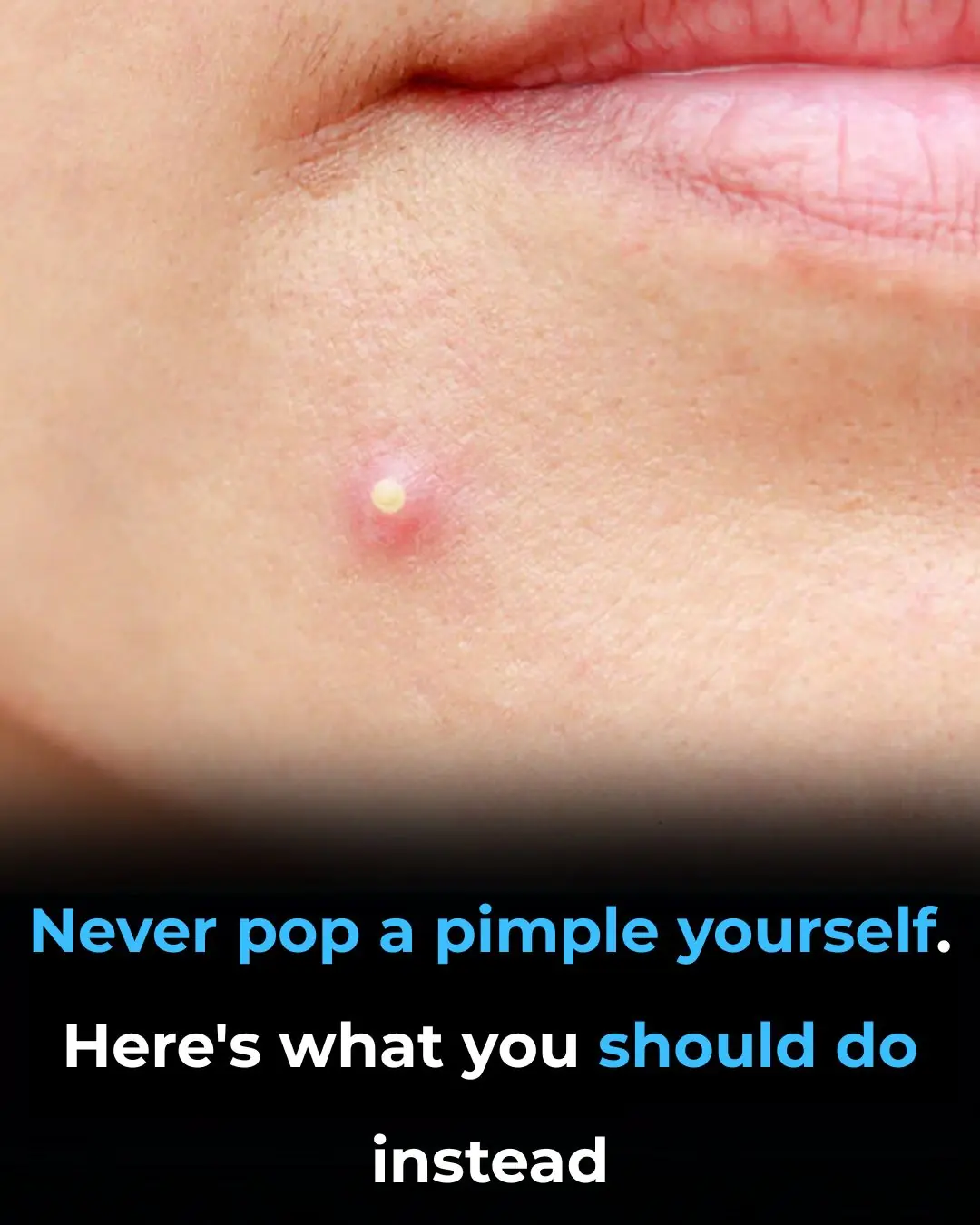
Just tried to stop my daughter from doing this

Twelve Hours in the Pit — and a Mother’s Love That Never Gave Up.

The Day Everything Changed.

Here’s The History Behind The AME Church, The First Independent Black Denomination In The U.S.
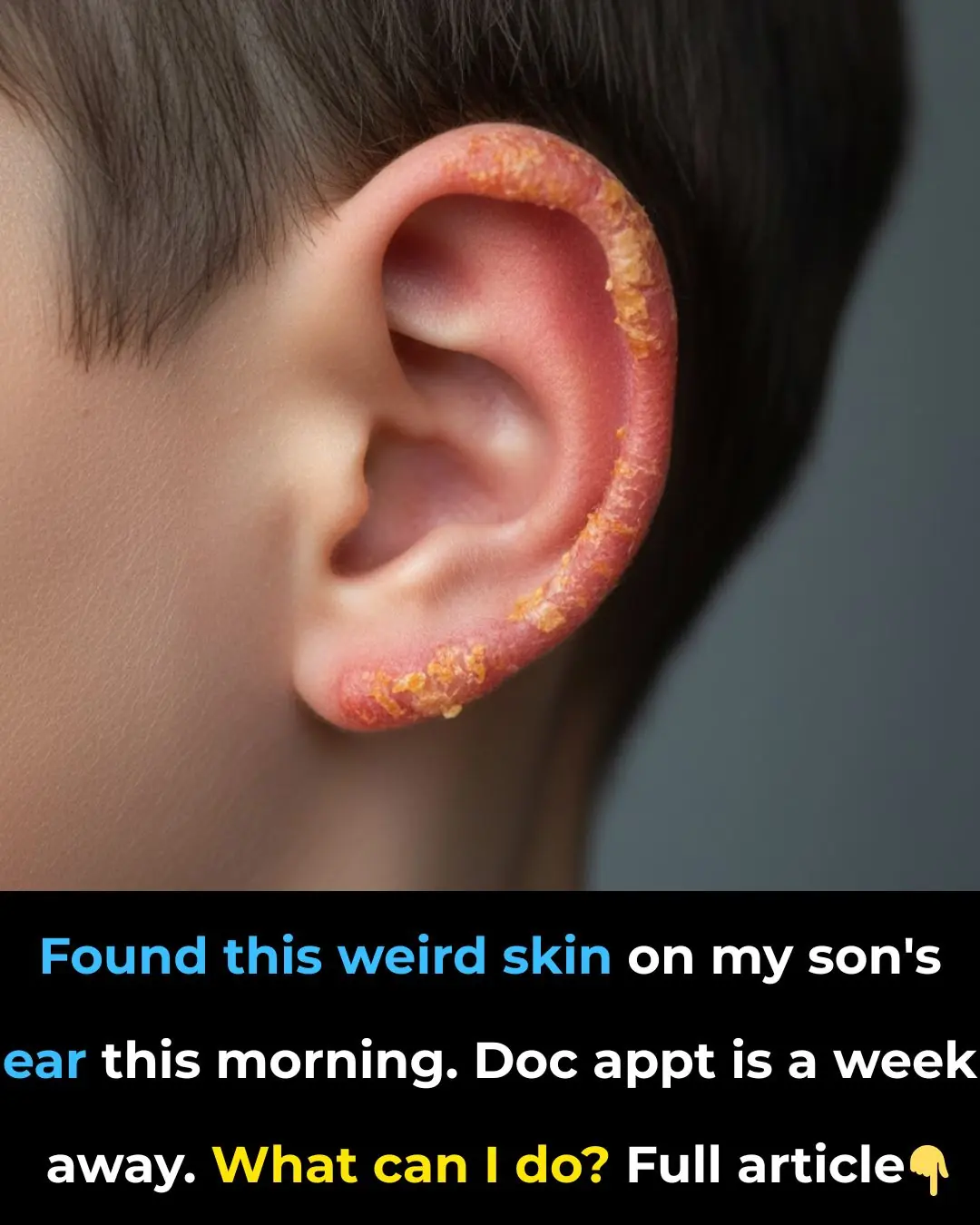
Found this weird skin on my son's ear this morning. Doc appt is a week away. What can I do?

Hot Water Heaters Accumulate Limescale Over Time: Here’s How to Clean It Yourself Without Calling a Technician
